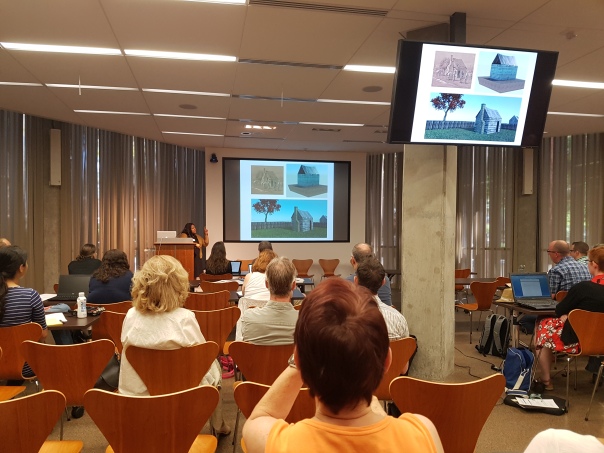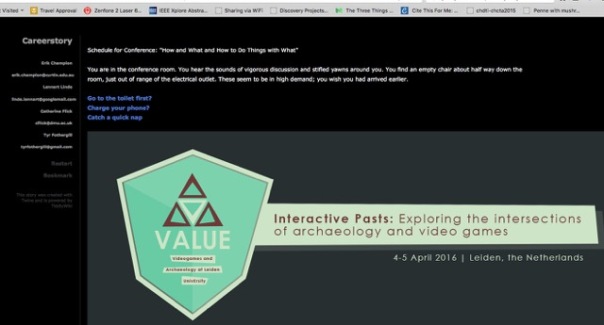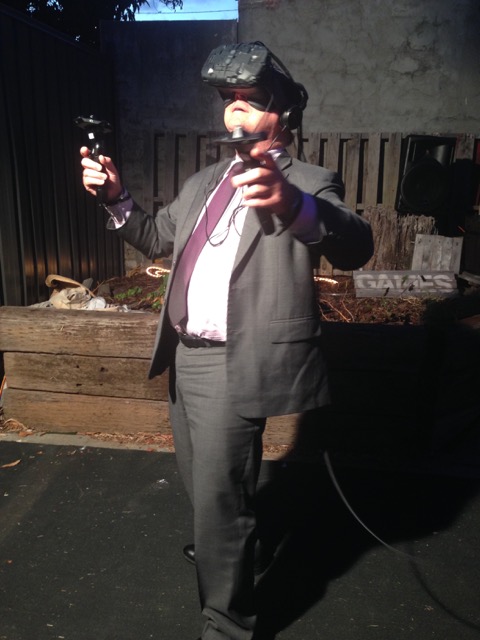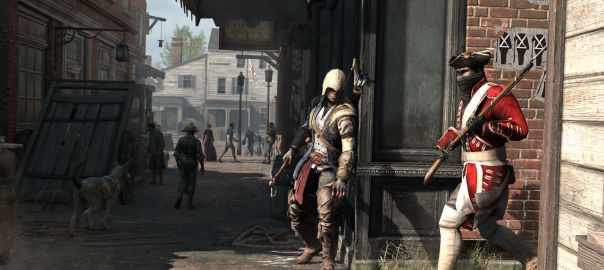‘Hugely important’ iron age remains found at Yorkshire site

The above is not really a picture of the beautiful artefacts, rather, my colleague Karen Miller’s snap of her class’s Lego schematic of Deakin Uni’s digital literacy framework, but you get the drift..
Hugely Important Iron Age Remains!
So says the Guardian (Nazia Parvenu, North of England correspondent,Thursday 17 March 2016 11.01 AEDT).
In the comments, however, quite a few don’t see the point, at all!
“The comments show a distinct misunderstanding of what archaeologists do & why, & basic archaeological chronology: https://www.theguardian.com/science/2016/mar/17/hugely-important-iron-age-remains-found-yorkshire-site.. As archaeologists, it’s eye opening: these comments reflect a lack of basic but authoritative info we should have on Wikipedia, at least” tweeted @lornarichardson (Umeå).
Yes! We need to educate on process not only product (if a virtual heritage model is a product). Reading the comments to an article on a find in Yorkshire might lead archaeologists to despair. However a more optimistic (the glass of hemlock is half full) approach might lead us to conclude from the comments:
People are genuinely interested in process (how old are the beads and how did they get there and what happens to the bodies?
The answer might appear prosaic:
“Hello, anyone interested in learning more about the archaeological process in relation to this site can head to the East Riding of Yorkshire Planning Portal and search for application ref 13/02772/STPLF Documents logged there include the Desk Based Assessment by MAP Archaeology from August 2013 that predicted the presence of the barrows on site using aerial photos in the Humber Sites and Monuments Record (SMR) and a letter from the SMR clarifying details of the proposed excavation of the site, such as amount of the site to be sampled and the necessity for full publication.”
But it very distinctly shows the process of exploration, quest, and of discovery as part of doing archaeology.
So how does this relate to mechanics?
Mechanics are used oh so confusingly (see a discussion on the MDA framework, and the comments, or this older 2006 article by Lost Garden with their definition below).
Game mechanics are rule based systems / simulations that facilitate and encourage a user to explore and learn the properties of their possibility space through the use of feedback mechanisms.
Thank you Lost Garden! But now we have another problem:
GM=Rules+PlaySpace/PossibilitySpace+Affordances+Feedback! Not much left over really (perhaps aesthetics, but aesthetics means more than appearance or taste).
And I could spend hours thinking about a more accurate definition of GM (Game Mechanics) but the issue here is really what sort of game mechanics would be of use to archaeologists and historians and heritage people who want to design, teach and experience such things?
Some definitions are more teleological
http://gamestudies.org/0802/articles/sicart:
“..I define core mechanics as the game mechanics (repeatedly) used by agents to achieve a systemically rewarded end-game state…
Primary mechanics can be understood as core mechanics that can be directly applied to solving challenges that lead to the desired end state.
Secondary mechanics, on the other hand, are core mechanics that ease the player’s interaction with the game towards reaching the end state.”
And yet Professor Sicart concludes the article with what to me seems to be a third and distinctly different definition:
“This article has defined game mechanics as methods invoked by agents for interacting with the game world.”
Notice the above don’t directly or primarily aim to influence the player’s mind or behaviour. Is there no space here for a little procedural rhetoric?
I’d like to keep it simple, but without attempting to destroy (completely) the useful vagueness of mechanics here are some working definitions as different flavours/aims of game mechanics:
- Game progression mechanics (mechanics to progress the player through the game)
- Performance mechanics / Rewards and skills mastery mechanics (mechanics to encourage the player to improve and extend their range of skills and judgement)
- Narrative mechanics (tools to progress /unfold or bring together one or more apparent story threads in relation to game play). Are dramatic mechanics a subset?
- Behavioural and Role assimilation mechanics (mechanics which become habit through repeated game play, and accustom players to see things in certain ways)
- Insight and reversal mechanics (mechanics that disrupt the in-game or real-world expectations and presumptions of the player acquired previously or during the game in order to reveal to them a viewpoint they may take for granted, or to supplant the view created by game play but a view the designer wants them to suddenly by alienated from).
I understand this seems counter-intuitive to the above definitions, especially the MDA framework (Hunicke et al, 2004, summarised on the Wikipedia, visualised as gameficational lenses by Jenny Carroll, described via 8 kinds of fun by Marc LeBlanc). However mechanics helps me when I think of the public approach/response to archaeology, the public don’t see product OR process in the same way the archaeologists do.
If digital simulations are to help archaeological communication (to simplify crudely: Why archaeology? What is archaeology? How to appreciate/do good archaeology?) then we need to think of mechanics beyond a mere advancement of game play per se.
This also ties in with another issue: the English language problem in defining and distinguishing model and simulation. I am now leaning towards thinking simulation is the more confusing term, it can be a model as in a crafted or digital object, a communicated process model that explains a predictive theory, or a hypothetical model turned into a systematic generator of potential scenarios not predicted by the system designer (a weather simulation can explain what weather has or will take place OR it can create a prediction of weather based on a conceptual, verifiable model of weather that isn’t normally a physical model of weather).
Mechanics don’t just help a model to take shape, for the wheels to spin around and pull a toy train. Mechanics helps progress a fictional world of complicit belief.
Depending on what you want to do with them, game mechanics are sometimes seen as digital tropes, or as what connects parts of a game together. They are techniques or they are components. And although they are apparently crucial to game design, the inability to distinguish them clearly from other parts of a game makes me wonder – so seldom do we hear of bad game mechanics.
Will return to this and expand on it a little more. Hopefully it makes sense, but your mileage may vary.










